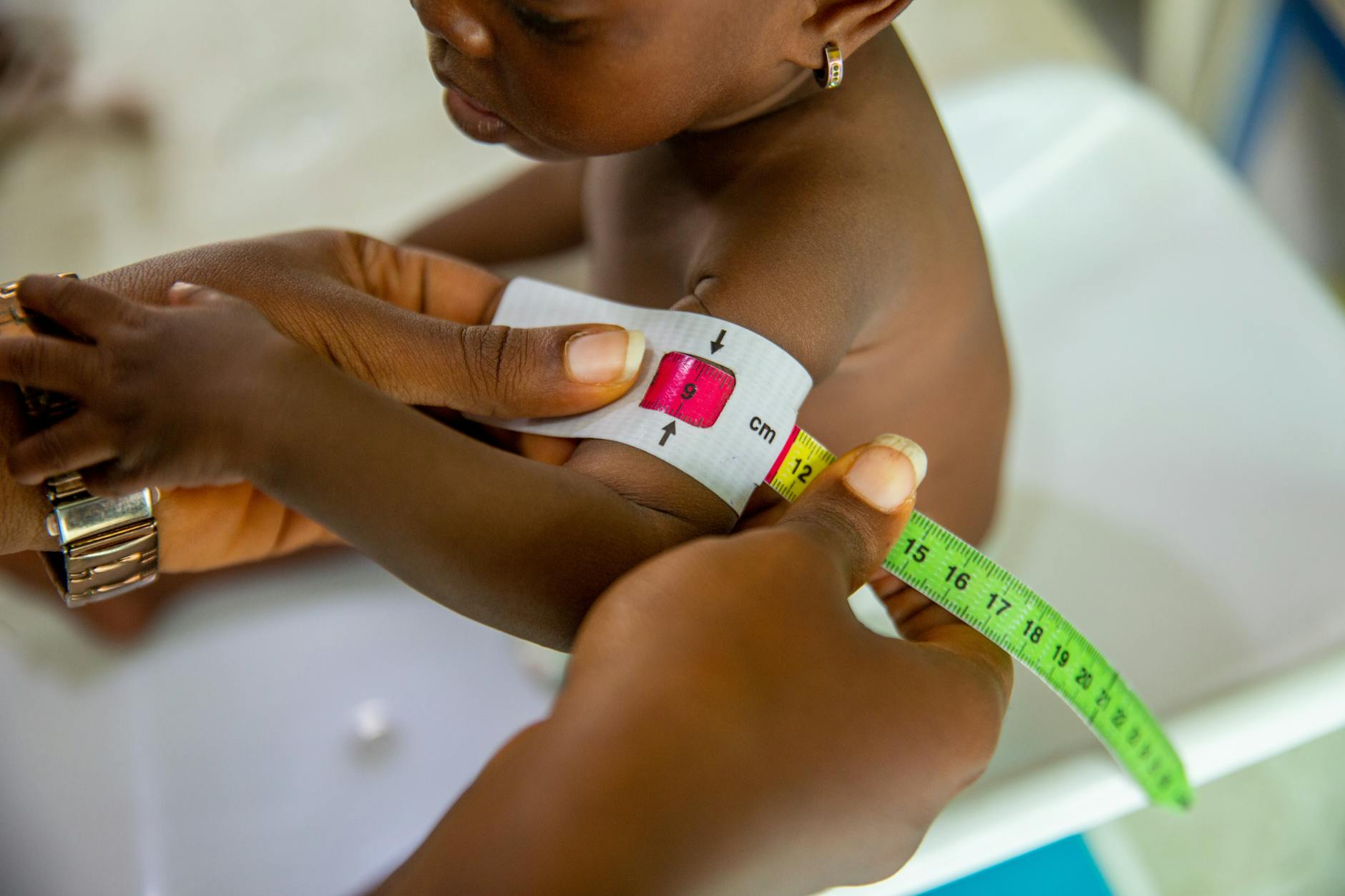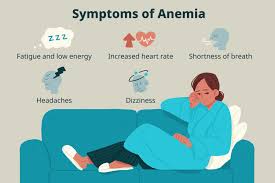INTRODUCTION
Across many low- and middle-income countries, millions of adolescents are navigating the most critical years of development without the nutrition they need to thrive. Malnutrition refers to deficiencies, excess or imbalances in a person’s intake of energy and/or nutrients. It encompasses both undernutrition (wasting, stunting and underweight) and overnutrition (overweight and obesity). Among adolescents – defined by WHO as individuals aged 10-19 years – malnutrition can be subtle yet serious, often going unnoticed until it significantly impacts growth and development.
Common signs of malnutrition in adolescents may include stunted growth, delayed puberty, fatigue, poor concentration, frequent illness or swelling in the abdomen and limbs. Behavioral changes such as irritability and withdrawal can also indicate poor nutritional health. In addition, micronutrient deficiencies – Iron, iodine and vitamin A – commonly known as “hidden hunger” can also affect this group, negatively impacting academic performance and immune function.
UNDERSTANDING THE SCOPE OF ADOLESCENT MALNUTRITION
Global Landscape
Globally, adolescent malnutrition remains a critical public health challenge, especially in low and middle-income countries (LMICs). According to the Global Nutrition Report (2021), the global prevalence of overweight and obesity among adolescents rose from 4% in 1975 to over 18% in 2016, with a parallel persistence of undernutrition. Current data on adolescent nutrition status from UNICEF reveals that underweight affects about 1 in 10 adolescents, and is more prevalent among males than females. The increased consumption of ultra-processed foods, sedentary lifestyles and inequitable food systems are key contributors to this double burden of malnutrition. LMICs face the added burden of strained health systems, poverty food insecurity and limited access to adolescent-specific nutrition services. However, ongoing efforts to integrate adolescent indicators into local health systems create opportunity to reduce adolescent malnutrition.
Regional Overview: Sub-Saharan and East Africa
In sub-Saharan Africa, an estimated 40% of the adolescents are undernourished, with high rates of stunting and micronutrient deficiencies. While underweight is gradually declining, the prevalence of overweight and obesity is rising, especially among girls. In some countries, over 10% of adolescents are overweight, and anemia affects over 30% of girls (GNR, 2020). In East Africa, gender disparities, teenage pregnancies, conflict, cultural taboos and recurrent climate shocks deepen nutritional vulnerabilities. The region also faces conflict and displacement, worsening food insecurity.
National Context: Kenya
Adolescents in Kenya make up 24% of the population. According to the Kenya Demographic and Health Survey (KDHS) 2022 Report, approximately 18% of adolescent women and girls, and 43% of adolescent men and boys are underweight. Consequently, 13% of adolescent girls are either overweight (11%) or obese (2%) while only 3% of the boys are overweight/obese. This growing double burden of malnutrition demands targeted, gender-sensitive interventions.
County Spotlight: Homabay
In Homabay County, malnutrition among adolescents remains a pressing issue, particularly in rural areas and informal settlements. High poverty levels, teenage pregnancies, HIV/AIDS prevalence and cultural food taboos create barriers to optimal adolescent nutrition. The county faces periodic food shortages and limited awareness of adolescent nutritional needs among the population which further hinder response efforts. The county government through the County Nutrition Action Plan (CNAP 2018-2022) put strategies to promote healthy eating and physical activity among older children and adolescents through school and community-based sensitization and integration efforts.
CAUSES OF MALNUTRITION AMONG ADOLESCENTS IN LMICs
Adolescent malnutrition in LMICs is driven by multiple interrelated factors:
Poverty and food insecurity
Poverty remains a major contributor to food insecurity and poor adolescent nutrition. As of January 2025, 13.6 million people in Kenya lacked sufficient food for consumption. That corresponded to around 26% of the country’s population (Statista, 2025). Similarly, in Nigeria, approximately 25 million people faced acute food insecurity as of late 2023 (WFP, 2023). In Ethiopia, prolonged drought and conflict left 20.1 million people in need of food assistance (WFP, 2023). These trends are common across LMICs where rural households depend on subsistence farming and consume mono-diets high in starch but low in essential nutrients, which severely limits adolescent growth and development.
Poor dietary practices
Low adolescent nutrition literacy and limited access to diverse foods drive reliance on high-calorie, nutrient-poor diets. In Kenya, for example, according to the Kenya Adolescent Health Survey (2019), 65% of adolescents did not meet the recommended dietary diversity, and only 9.4% were aware of health risks linked to low fruit and vegetable intake. The data further reveals that nutrition knowledge was low among this age group, with just 6.5% aware of risks related to high salt intake and 13.9% aware of those linked to excessive fat consumption. Many adolescents in LMICs skip meals and consume fast food and sugary drinks due to peer pressure and urban dietary transitions.
Limited health services
Adolescent-friendly health services remain limited across LMICs. In Kenya, a 2023 survey revealed that only 60% of health facilities provided adolescent-responsive services (Health Action International, 2023). In Uganda, just 43% of health facilities offered adolescent-focused nutrition and reproductive health care (Uganda Ministry of Health, 2023). In India, only 20% of adolescents consistently accessed iron-folic acid supplementation, despite national programs (Ministry of Health and Family Welfare, India, 2023). This lack of access hinders early detection and treatment of malnutrition, including anemia, which affects over 30% of adolescent girls in sub-Saharan Africa and South Asia (WHO Global Health Observatory, 2023).
Gender inequality
Gender norms significantly influence adolescent nutrition. Studies across sub-Saharan Africa show that while girls tend to have higher dietary diversity and consume more animal-source foods, they are generally less physically active than boys. In urban poor settings, girls often eat more frequently due to cooking roles and may receive food preferentially in food-insecure households. These differences highlight the need for gender-responsive nutrition interventions.
Cultural beliefs and Taboos
Traditional beliefs around food, especially during menstruation or pregnancy can lead to dietary restrictions. In some communities in LMICs, girls are restricted from eating protein-rich foods like eggs or fish during menstruation or early pregnancy. These restrictions may lead to critical nutrient deficiencies, especially during periods of rapid growth and development.
Environmental challenges
Drought, floods and conflict disrupt food production and access, worsen malnutrition among populations, significantly among young children and adolescents in affected regions.




